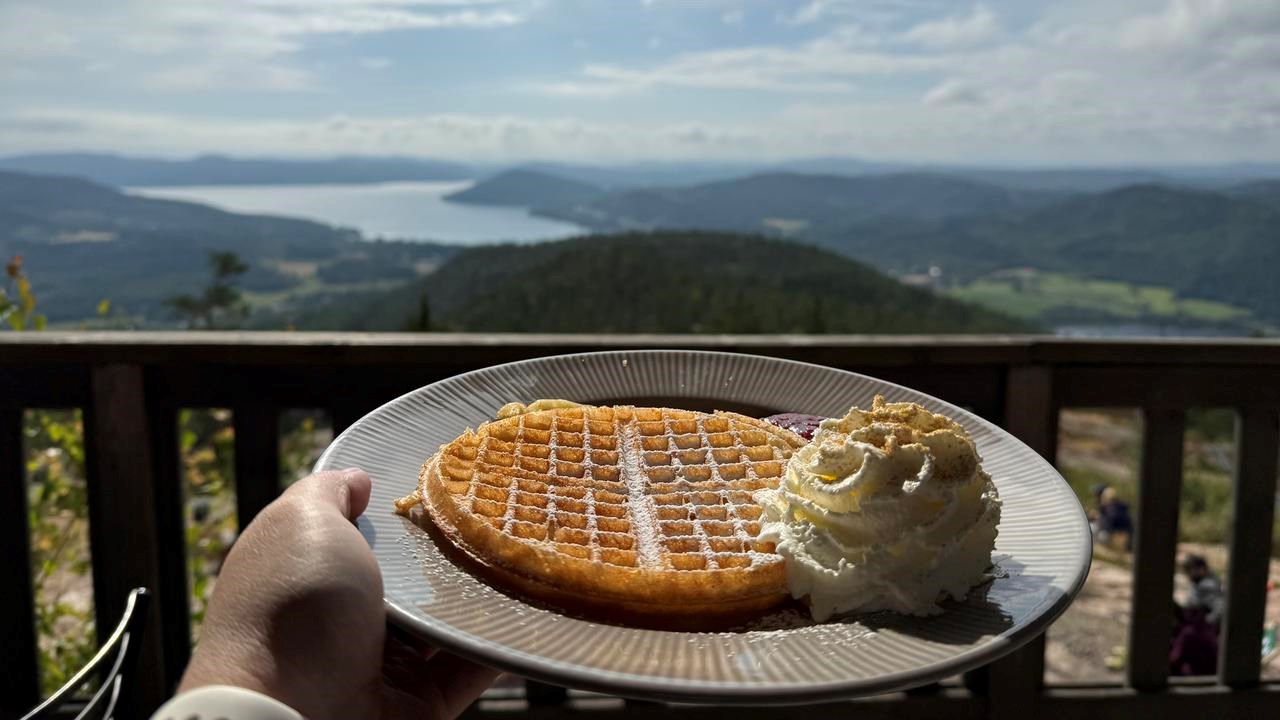Quick facts
Title: Doctoral student, Attending Physician
Home University: Pediatric Gastroenterology, Hepatology & Nutrition, Boston Children's Hospital, Harvard University. Boston, US.
University for research stay: Umeå University
Supervisor: Dr Anna Myleus
Favourite lunch: Fishsoup, ligonberries with meatballs
Inspiration I take with me: To be better about taking fika breaks




